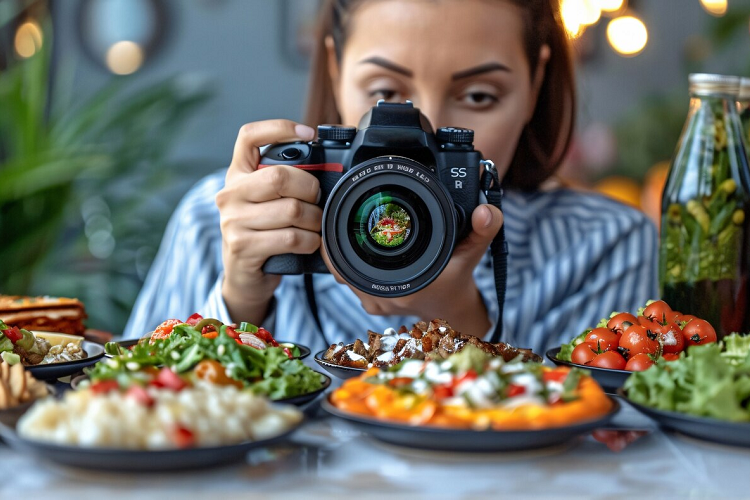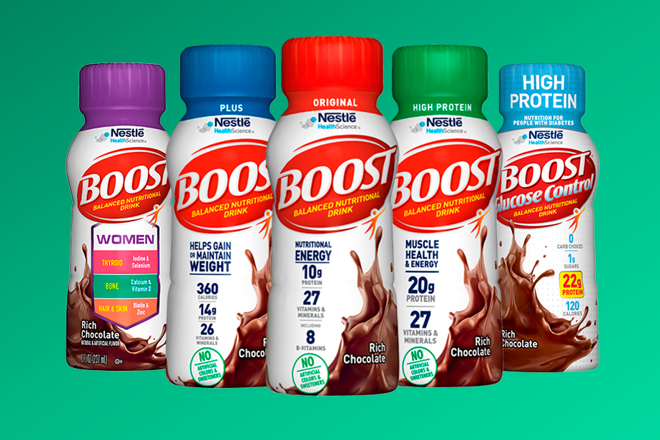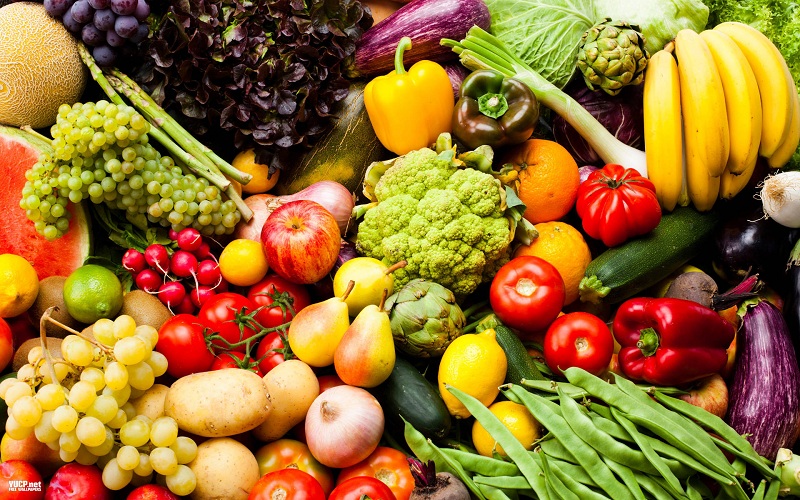You must have seen all the food bloggers and vloggers post some of the most amazing pictures of the food. Have you ever wondered how their food photography is so wonderful? Well, most of the credit goes to lighting but there is so much more to getting that perfect shot for your photography page.
If you are keen to learn all the amazing tips and tricks for the perfect food photography, you are at the right place. No, you don’t need to hire a professional photographer to get it all done! We won’t even ask you to buy a fancy professional camera.
We’ll present you with some simple tips that you can use to get the best shots with your phone too. So, let’s begin.
Food Photography
Food photography is all about taking pictures of the food in the most presentable and appetising manner. Food-based businesses depend on food photography to penetrate their business deep into the market.
In fact, food photography is one of the most important things to consider when starting a food business. These days, everything gets marketed online. Many food influencers rely on food photography to gain more followers and views on their content.
All in all, food photography has a very high scope and if you are looking to use it to your advantage, it might just be the right time. All you need to do is pick up your phone and implement our tips and tricks to take the food pics that can go viral on the internet.
How to Take Perfect Food Pictures?
The below-mentioned are some food photography tips for taking perfect food pics:
Natural vs. Artificial Lighting
The most important part of food photography is lighting. When taking pictures of food, you have to choose between natural and artificial lighting. Of course, you can use artificial lighting! But nothing beats the natural light.
Natural light comes with soft and flattering qualities that are great for taking pictures of the food. However, if you are taking pictures at a place where you have no access to natural lighting, you can also use artificial lighting in an effective manner.
Use Diffusers and Reflectors
Diffusers and reflectors can help you manipulate natural light and create a soft and even illumination. Diffusers can help you soften the harsh sunlight if you are shooting outdoors during the daytime.
The idea behind using reflectors is that they help bounce the light back onto your food plate. They help you reduce shadows and add dimension to your pictures. Diffusers and reflectors can thus be of great help in food photography.
Follow the Rule of Thirds
In the world of photography, there is a rule called the rule of thirds. It is a composition principle that involves dividing the frame into thirds both horizontally and vertically. You can place the key elements of the food along these grid lines. It will help you create visually appealing photos that everyone will love.
In addition, you can also choose leading lines and framing techniques. Implementing these techniques is helpful in drawing the attention of the viewer towards the main subject of the photograph. Rest assured that your food photograph will get all the attention it deserves.
Choose the Right Background
Before we get on to the subject of food on the plate, it is important to choose the right background and props. These elements are extremely important in food photography as they have the ability to impact the mood, style, and narrative of your food pic.
You must choose the background of the image very wisely. Pick a neutral theme for the background as it will allow the food to stand out. It is also a good idea to add appropriate props that will complement the food. Go for something that enhances the story or context of the dish.
The perfect background and the props can help you bring an element of aesthetic appeal into the photograph.
Making Camera Settings for Food Photography
Setting the camera right is one of the most important things to do for your food photography. You must adjust the aperture, shutter speed, and ISO to control the exposure and depth of the field. These settings will also help you bring more image clarity. Experiment with these settings to get the most appropriate look and feel for your food photographs.
Apart from this, you should also make white balance settings to make sure there is accurate colour representation in your photographs. To do this, compensate for different lighting conditions. White balance settings will help you achieve natural-looking colours and tones in food images.
Prepare the Food in an Appealing Way
Now that everything is almost done, you can finally focus on taking some pictures. Before you begin, make sure that the food on the table is photo-ready.
You can start by carefully arranging and styling your food so it looks visually appealing. Believe it or not, styling the food in a certain way can help you create some mouthwatering images.
Pay attention to details such as garnishes, textures, and plating techniques. If you implement these techniques in the perfect way, you can actually make the food look irresistible.
Focus on Composition
Arranging all the food on the table in a similar way can look somewhat boring. The composition plays a very important role in helping you come up with perfect food pics. You must experiment with different compositions and arrangements to get that one shot.
Try to capture the food from different angles and layouts for food photography. You must consider factors such as symmetry, and negative space to create dynamic and captivating images.
Top-Down vs. Side Angles
If you want to capture a flat-lay composition, you can opt for a top-down angle. This angle can help you showcase the entire spread of food. However, if you want to highlight the texture and depth in food photography, you must go with wide-angle photography. It will help you add an element of visual interest to your photograph.
Experiment with Different Perspectives
Experimenting is the key when it comes to taking the most flattering images. Don’t be afraid to experiment with different angles and perspectives to find the best view of the food. After all, you are just learning food photography!
You can get down low or shoot from above the table. It will help you discover a unique perspective and interesting vantage points.
Think of Yourself as an Artist
Another pro tip in food photography is to think of yourself as an artist. Most chefs and food photographers really put in a lot of artwork to capture the best images. You might even find them painting some spoons, squeeze bottles, and even tweezers to present the plate in the most decorative way.
As a food photographer, you have to turn yourself into a food stylist too! You must know how to assemble the objects of the photograph and even learn how to season food in the most photographable way.
Remember about Color Psychology
Colour psychology plays a very important role in the world of photography. People get the feel of the photograph from the colours it showcases. For example, dull colours such as black, grey, etc., can make the appetising food look dull. So, you must keep colour psychology in mind while photographing the good.
It is best to use colours such as red, yellow, orange, etc., as they look appetising. However, keep in mind that there are some colour exceptions when it comes to photographing food.
For instance, most desserts, chocolates, etc., come in dull colours. But you can always experiment to make the naturally blue foods look interesting. All you need to do is think about how different colours will work to serve the aesthetics of your photograph.
Use Selective Focus
Do you want to focus on any one particular thing on the plate when photographing the food? In that case, you can use the selective focus mode which is easily available in most phones these days. You can opt for the depth-of-field feature in the camera that allows you to take the pictures keeping the appropriate distance between objects in-frame.
This way, you can focus and create an emphasis on the closest part of the food. Also, remember that some foods have better angles and better spots when you apply focus on them.
Professionally Edit the Pictures
Taking pictures of the food isn’t the hard part. The hard part is editing the pictures that you are going to put on the internet. But, don’t worry!
There are many post-processing software on which you can rely. For instance, you can use Adobe Photoshop or Lightroom to enhance and refine the images of the food that you have just captured. This software allows you to make adjustments for colour, contrast, and sharpness.
With the help of software, you can give a well-polished and professional finish to your photographs.
Enhance the Color and Sharpness
Fine-tune the colours and sharpness of your picture. Doing so will help you make your food photographs look more vibrant and enticing. While editing the pictures, make sure that you don’t overdo it. Excessively manipulating images can lead to an unnatural-looking image.
Smartphone Food Photography
If you are using your smartphone for food photography, here are a few tips that might prove helpful to you.
- Maximise The Camera Capabilities Of The Phone
These days, all modern smartphones come with many advanced features. These features are capable of matching the dedicated digital cameras. Make sure that you use the features such as portrait mode, HDR, and manual controls to your advantage. These features will help you capture stunning food images.
- Use Recommended Apps For Editing
App Store and Google Play Store are full of image editing apps that can do wonders for your picture. You can experiment with different apps to enhance the look of your image.
- Capturing The Essence Of Food
Capturing the essence of the food means highlighting its texture and details. Focusing on the textures and details of the food will allow you to evoke sensory experiences and cravings through the photograph. Taking close-up shots can showcase the intricate details of the ingredients used in making the dish. Close-up shots can also add depth and dimension to the pictures.
Common Mistakes to Avoid During Food Photography
Let’s take a look at some common mistakes that you should avoid during food photography.
- Over Accessorising
You might want to act like a food stylist and accessorise the food plate. However, sometimes, you might just end up over-accessorising. Understand that the props can enhance how the food plate looks. It might even help you build a story behind the dish you are capturing. However, using too many props can make your food photography a big blunder.
A lot of accessories can overwhelm the scene and detract from the main subject. So, you should avoid putting a lot of things in the frame so that the picture looks meticulous.
- Neglecting Negative Space
Another big mistake that you might be making is taking photographs of the food and neglecting the negative space. This space is the empty area around the main subject of your image. It serves as a powerful compositional tool in food photography.
If you neglect to use negative space in your pictures, it can result in cluttered and chaotic images. You must aim to create a balance and draw the attention of the viewers towards the focal point of the photo.
Conclusion
The true beauty of any photograph lies in the eyes of the beholder. And when it comes to photography, viewers see what you want to show them. How you photograph the food can make or break its feel. But taking the best shots of food is not rocket science. You can easily master the art of food photography with some technical skills and a creative mindset. And let’s not forget that the key to taking the best food pictures is to pay attention to detail.
The tips mentioned above allow you to capture stunning images that will help you capture the true beauty of the food. Follow these tips and stay inspired to refine your craft in the most excellent way.
Jay Chettiar works as a content manager at “Food Service India Pvt. Ltd.” He is a talented individual, creating engaging and informative pieces that capture the attention of readers. Jay’s dedication to excellence is evident in every work he produces, making him an invaluable member of our team.




